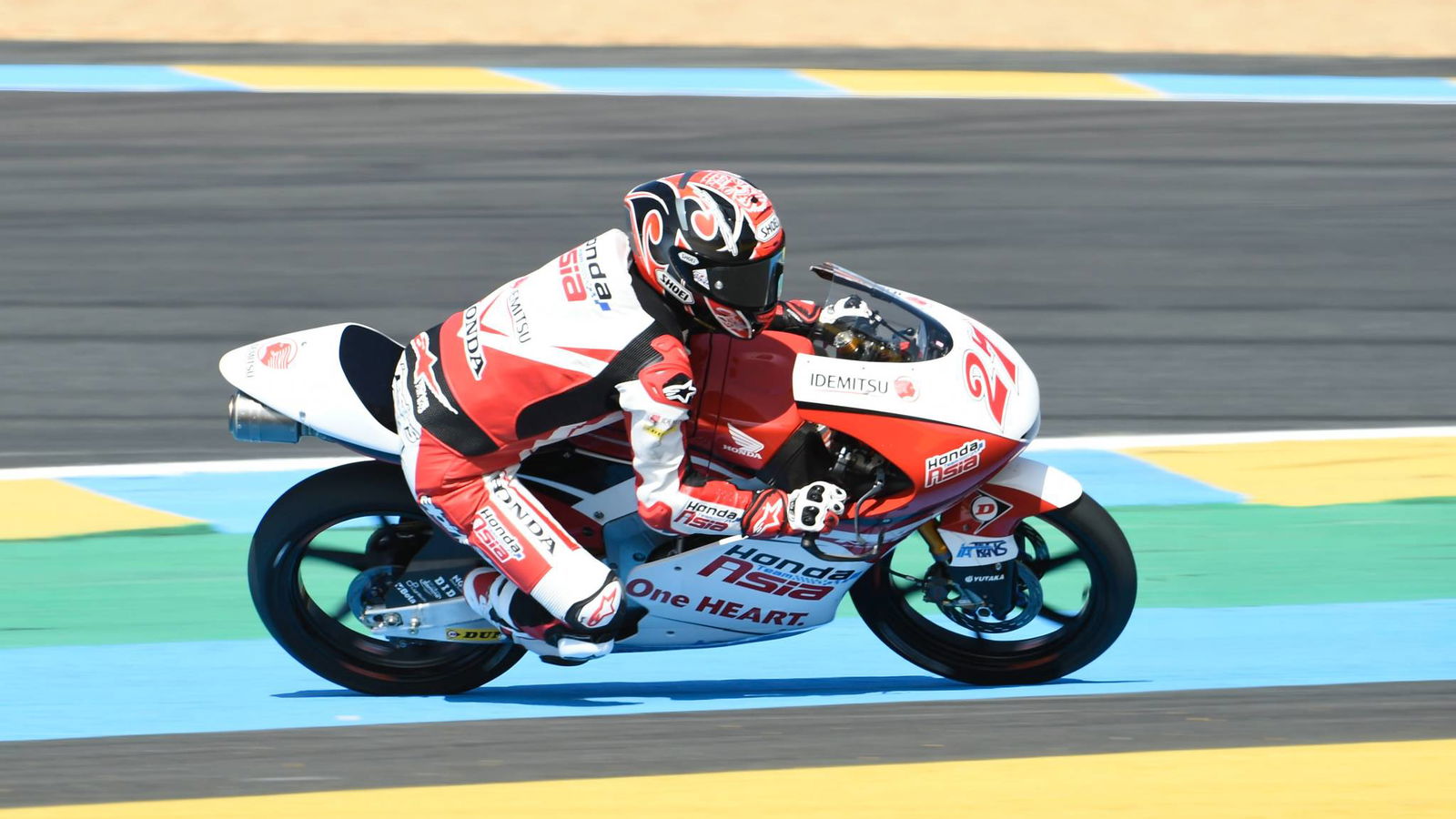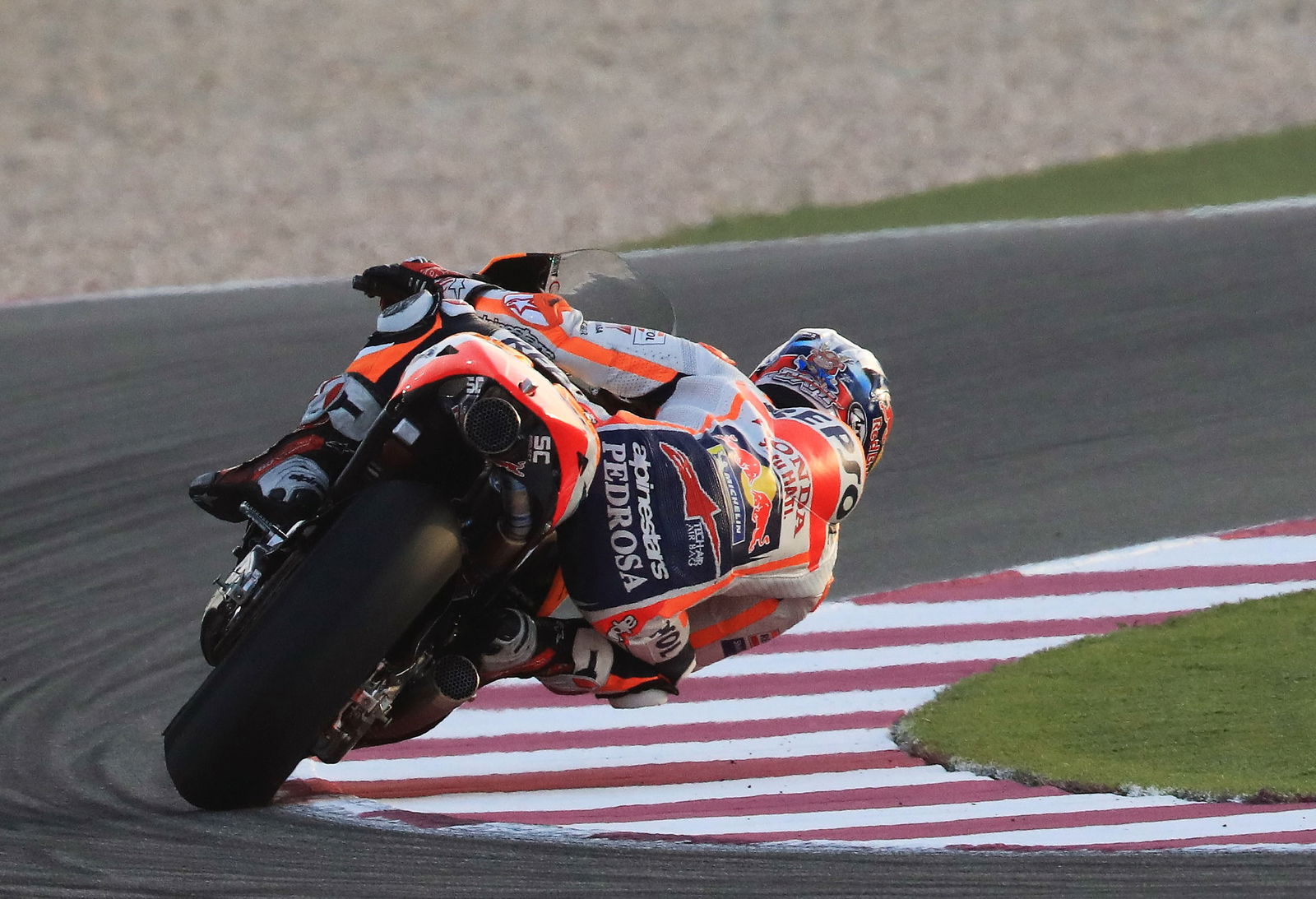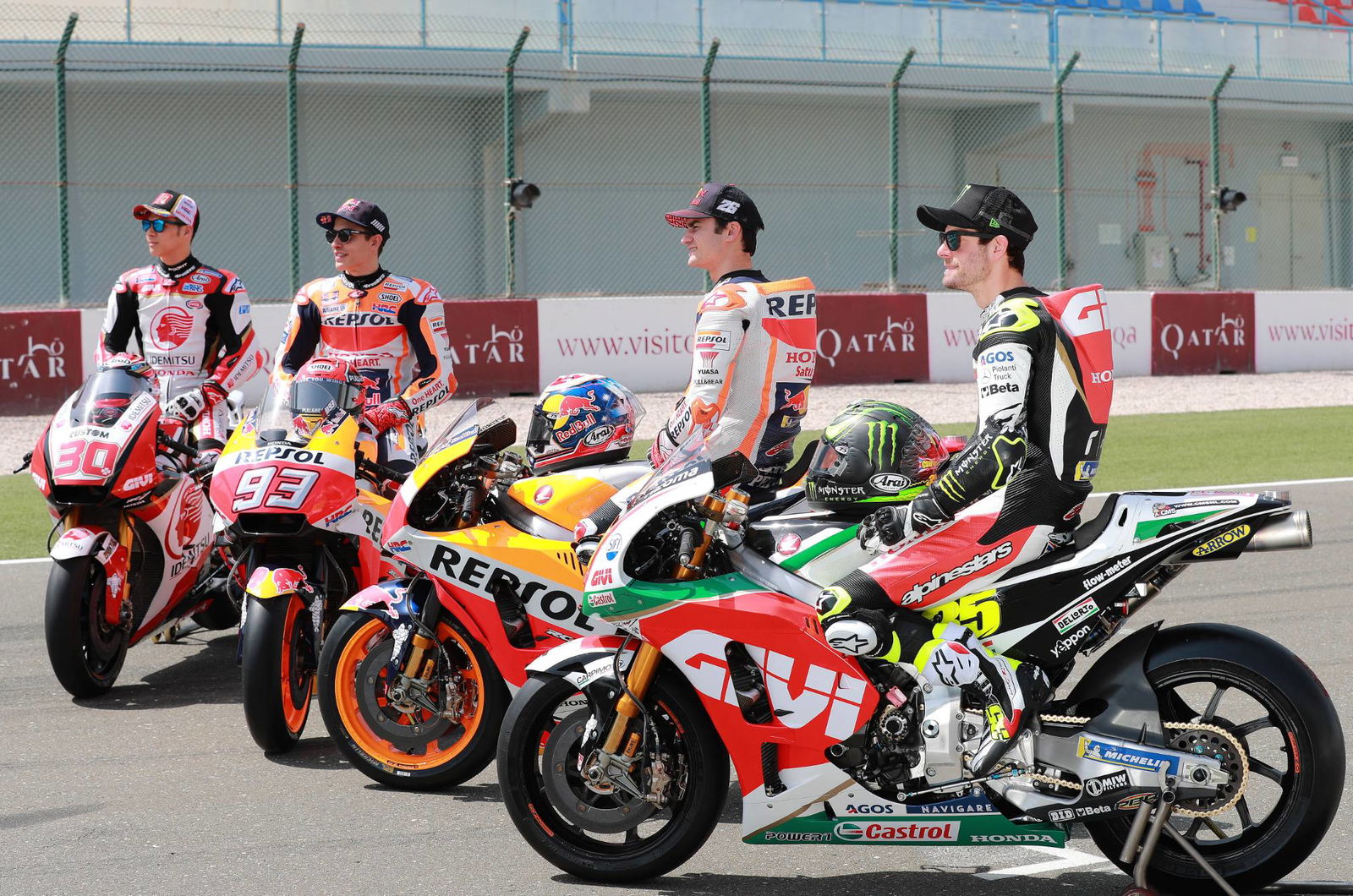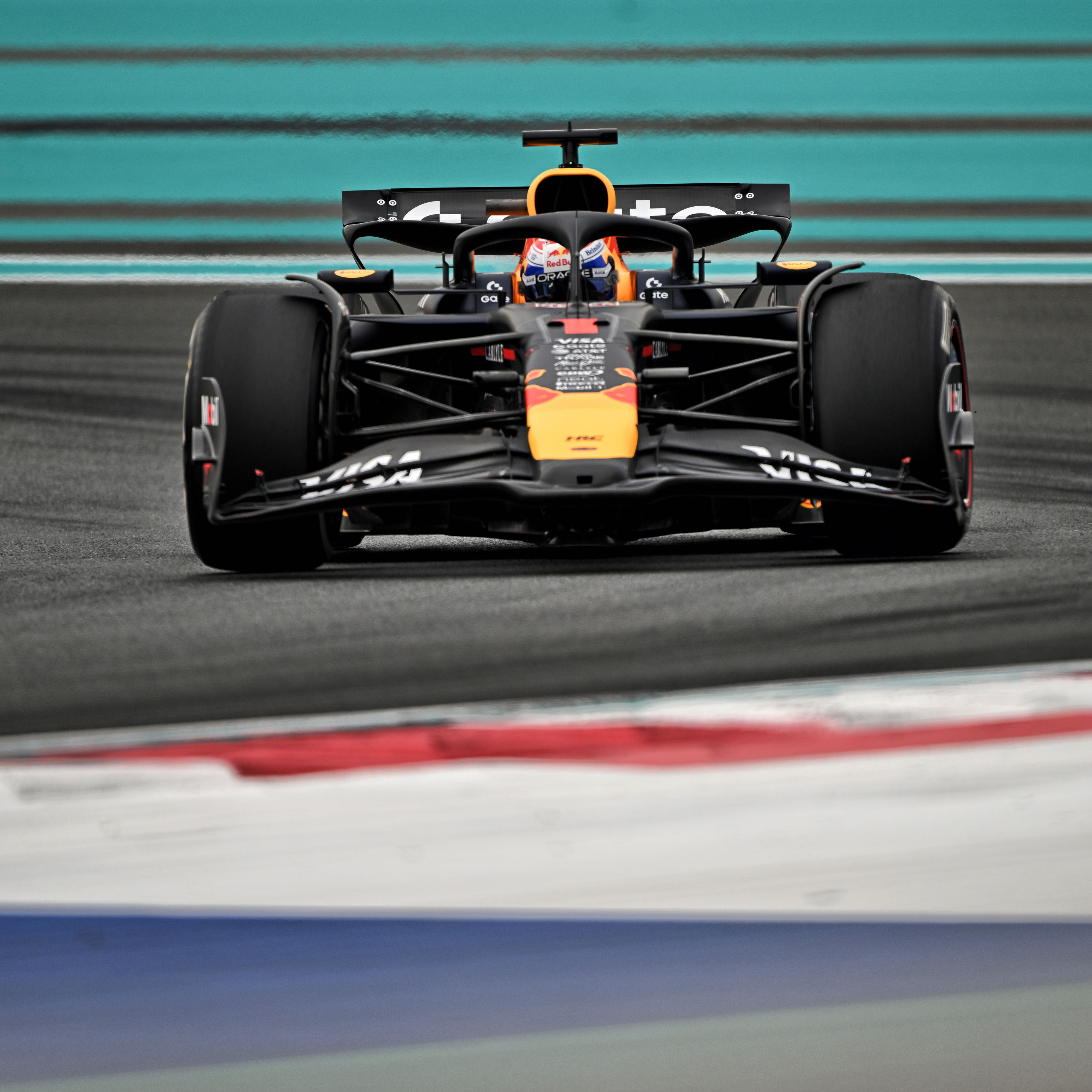MotoGP: How 'virtual gravel trap' penalties are calculated
Safer run-off areas on the edges of race tracks has created the problem of how to punish riders that gain an advantage by riding outside of the circuit limits.
This infringement is broken down into two separate areas.
The most common is 'exceeding track limits', when a rider runs wide (over the kerb) on the exit of a corner. Although camera recognition is used, monitoring such offences remains labour intensive.

Safer run-off areas on the edges of race tracks has created the problem of how to punish riders that gain an advantage by riding outside of the circuit limits.
This infringement is broken down into two separate areas.
The most common is 'exceeding track limits', when a rider runs wide (over the kerb) on the exit of a corner. Although camera recognition is used, monitoring such offences remains labour intensive.
The other, more serious, offence is 'course cutting', where a rider gains an advantage while leaving the track for a longer period of time, for example by straight-lining a chicane.
Monitoring and penalising course-cutting is much more automated, since it involves the use of special timing loops before and after sections of the track where such shortcuts are expected.
If a rider cuts the course and loses at least 1-second through that section of track, compared to their previous average, no action is taken. If less than 1-second is lost, they get a post-race time penalty.
The size of that penalty is as follows:
If a rider lost time by cutting the course, but not at least the 1-second required, they get a 2-second penalty from which the time lost is subtracted.
Example: A rider loses 0.7s while cutting the course. They would receive a 2s penalty, minus the 0.7s = 1.3s
If a rider gains time by cutting the course, this gain is added to the 2-second penalty.
Example: A rider gains 0.4s while cutting the course: They would receive a 2s penalty, plus the 0.4s = 2.4s.
"The penalties for chicane cutting, or course cutting have been in place since Silverstone last year," explained MotoGP Race Director Mike Webb. "There are six tracks that currently have the possibility to cut a section of the course and gain time: Austin, Le Mans, Catalunya, Assen, Silverstone and Misano.
"There are timing loops installed to isolate that section of track. The overall principle is that in the old days it used to be gravel. If you went through there, you either lost a lot of time or crashed.
"Now that it’s asphalt, for safety, the principle is that if you make a mistake and you use that asphalt run-off, you should not be able to take advantage. In fact, you should lose time compared to staying on track.
"So, we’re treating the automatic chicane penalties as a 'virtual gravel trap'. If riders take that safe escape route, they have to be worse off than if they stayed on track.
"It’s an automated system. The timing loops calculate the average sector time for every rider and [if they cut the course] they have to lose at least a second.
"They can do that voluntarily, just shut the gas, and have no further penalty. There’s tons of time for them to slow down within the timing loop section. We do that specifically so that there is always a safe place where they can shut the gas. They don't just have to do it in the middle of a chicane.
"But if they don’t lose at least a second through the timing loop, they’ll get a penalty equivalent to two seconds.
"If a rider goes off track through no fault of his own – for example, he’s bumped by another rider - we only consider time gained or position gained. If you gain something by being pushed off track, you have to give back what you gained, but there’s no extra penalty."
The decision on whether a rider had no choice but to cut the track is a subjective call.
"Like every decision about rider behaviour on track, it’s the FIM stewards who have to determine whether they feel that rider could have stayed on track or not. There doesn’t necessarily have to be contact, but contact is a pretty good marker.
"It’s subjective, same as every incident on track. Did that rider have a chance to stay on track, or has he just gone, 'Oh, well, I’ll let the brakes off and charge through here'? That decision has to be made on every case.
"The fairly typical one is obvious contact, which means he doesn’t have a chance to make the corner. In other cases, even where there’s no contact, sometimes we just have to make the decision. It’s the FIM MotoGP stewards who have to do it every time."
The most high-profile example of course-cutting came at Le Mans this year, where Fabio di Giannantonio lost out on a debut Moto3 victory due to a post-race penalty.
"It’s basically black and white. How much you gained or lost in that section. He [di Giannantonio] gained time in that section, and didn’t give it back, so he got the penalty of that amount of time plus the [two-second] penalty for not giving it back," Webb said.
"Other riders actually lost time, so their penalty was less. And if you give up at least one-second, you don’t get any penalty. You’ve self-penalised."
While much of Race Direction's time is spent spotting riders exceeding track limits when running wide ("it's a nightmare"), the system for administering course-cutting penalties has become highly automated.
"The man hours are becoming much, much less, but it’s a huge investment as far as equipment and programming from the timekeeping staff to be able to do that.
"When we first implemented this system to try and make it a bit fairer, it was visual or manual at Silverstone last year and now we’ve got to the point where it’s almost all automatic.
"The riders are identified, the time difference is identified, and a suggested penalty is identified. We confirm it by video.
"So it’s getting there [with course-cutting], but track limits remains a very labour-intensive operation."












